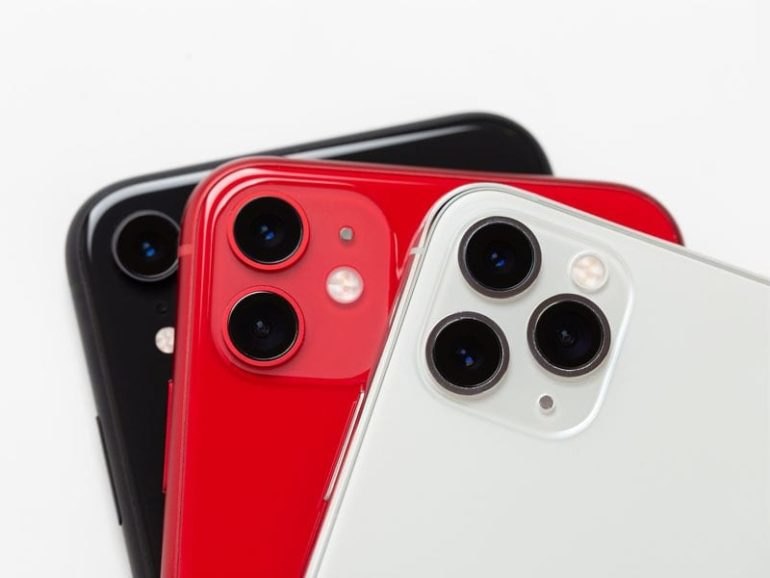Every year, YouTuber Marques Brownlee conducts a blind smartphone camera test. He takes photos with more than a dozen of the most popular smartphones and asks his millions of social media followers to choose the best ones. The smartphones that took the photos are not revealed until the end, making the test truly bind.
This year, the first round of photos were taken using 16 phones. Major models from Google, Apple, and Samsung were included, but mid-range and non-household names were also thrown into the mix as well.
Here are the photos that were taken in the first round:
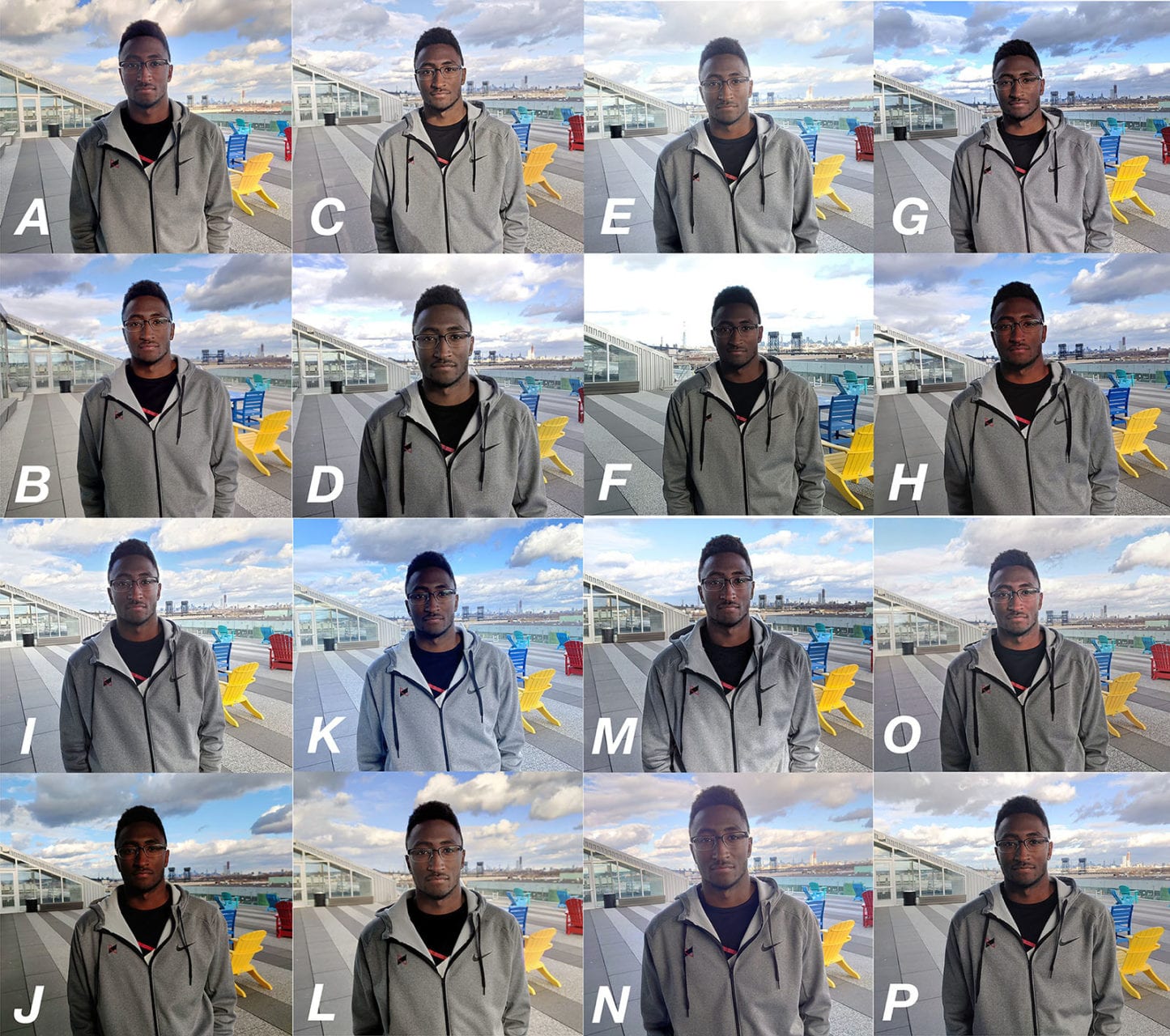
Here are the first eight of the blind smartphone camera tests, which were decided on by more than 2 million Twitter users and 4 million Instagram users.
Asus ZenFone 6 Vs. OnePlus 7T
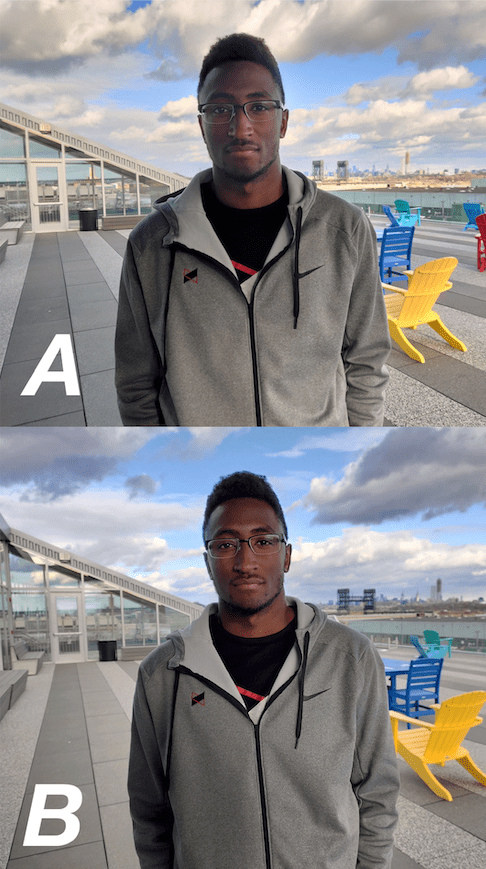
In the first test, the Asus ZenFone 6 (photo B) was pitted against the OnePlus 7T (photo A). The Asus ZenFone won because it was brighter, Brownlee explained. But it could very well be due to the ZenFone 6’s advanced dual-camera system also.
This smartphone has a main camera with 48MP (megapixels) and a second ultra-wide 13MP camera. It has an advanced sensor that lets you take professional-looking photos even in low light. With the secondary ultra-wide camera, you can fit more in the photo, with its 200% wider view angle. For impressive daytime photos, the ZenFone 6 has HDR+ enhanced mode. And for detailed night shots, the Super Night Mode on the ZenFone 6 also takes fantastic shots.
Huawei Mate 30 Pro Vs. Asus ROG Phone II
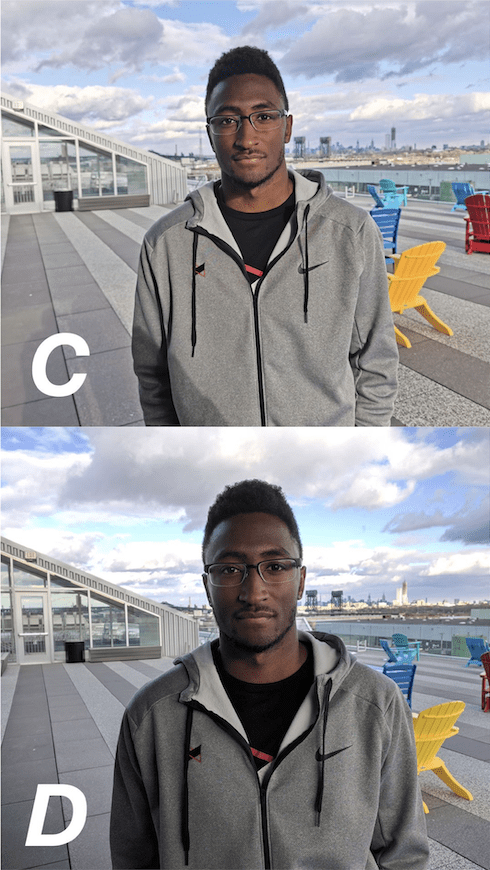
Pitted against the Asus ROG Phone II (photo D), the Huawei Mate 30 Pro (photo C) also made it past the first round. This time, voters also went for the brighter image. But does the Huawei Mate 30 Pro really does take better photos?
According to its technical specs, it’s got all the right features to take excellent photos every time. There are four cameras on the Huawei Mate 30 Pro. This quad-camera system consists of two 40MP lenses, one 8MP telephoto camera, and one 3D depth-sensing camera. Together, these cameras give you fine details and clarity, even under low-light conditions and even when taking photos of far-away objects. The 8MP telephoto camera allows you to zoom in up to 30 times.
Samsung Galaxy Note 10 Vs. Royole FlexPai
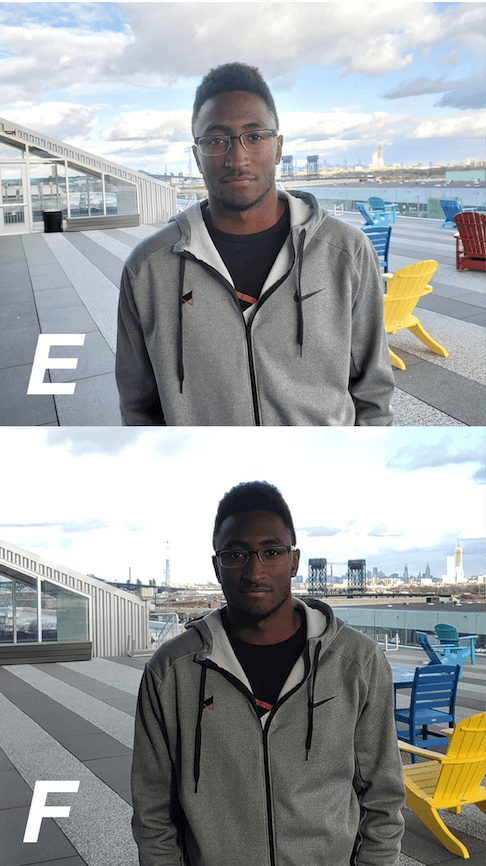
Between the Samsung Galaxy Note 10 (photo E) and the Royole FlexPai (photo F), the Samsung model garnered more votes. It’s a lot brighter, but not too bright that you can’t see the details in the clouds. What makes the camera of the Samsung Galaxy Note 10 better?
It’s likely the triple camera system that consists of a 12MP wide-angle, a 12MP telephoto, and a 16MP ultra-wide camera. This system is capable of taking wide photos that include a lot of detail, even at night.
Google Pixel 3A Vs. LG G8X
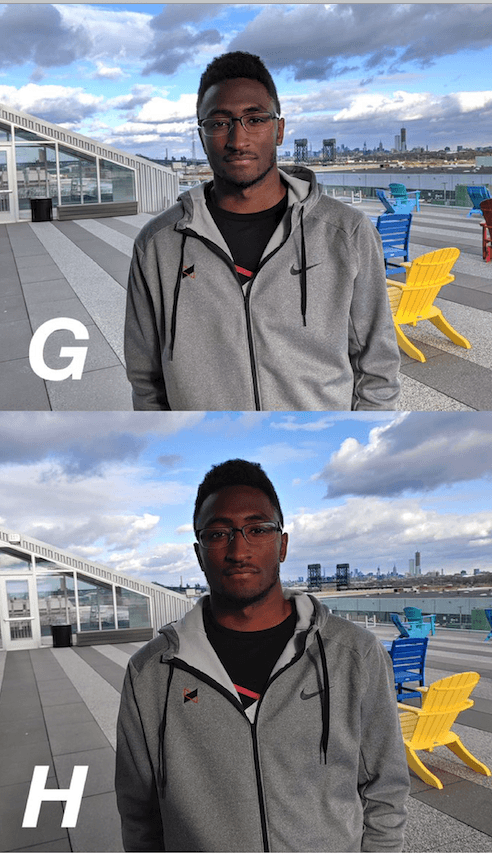
The Google Pixel 3A (photo G) also passed the first round of eliminations. Millions of voters chose the photo taken with the Pixel over the LG G8X camera (photo H).
The dual-pixel camera of the Google Pixel 3A showcases one 12.2MP camera with autofocus, optical and electronic image stabilization, HDR capabilities, and panorama mode. It allows you to take wide photos and focus on the subject better under portrait mode. You can also get clear images at night, even without using the flash.
Samsung Galaxy S10e Vs. Xiaomi Mi Note 10
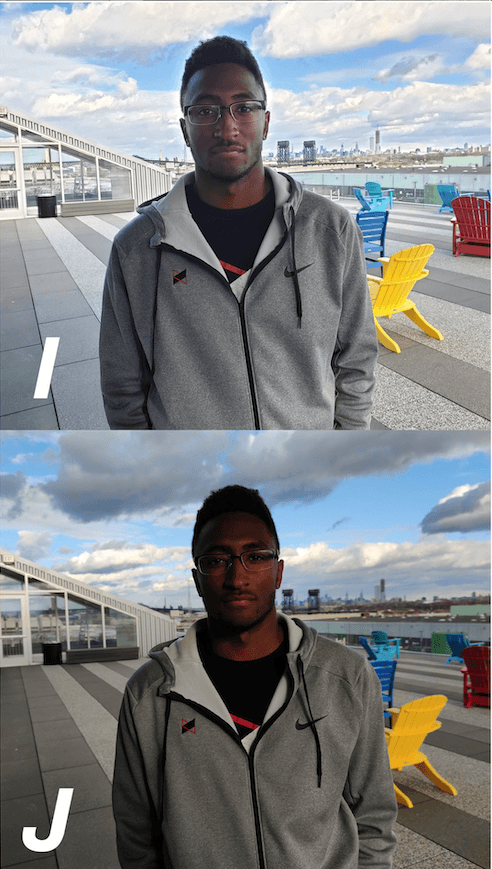
Another Samsung model to make it past the first round was the Samsung Galaxy S10e (photo I). Unlike the Note, this doesn’t have a triple-camera system, just a dual one. But a lot more people voted for it over the Xiaomi Mi Note 10 (photo J) because it was a lot brighter and showed more details.
The rear camera system of the Samsung Galaxy S10e comes with a 12MP wide and a 16MP ultra-wide camera. It has specs similar to the Galaxy Note 10, just without the 3rd telephoto lens of the much pricier Note.
iPhone 11 Pro Vs. OnePlus 7T Pro
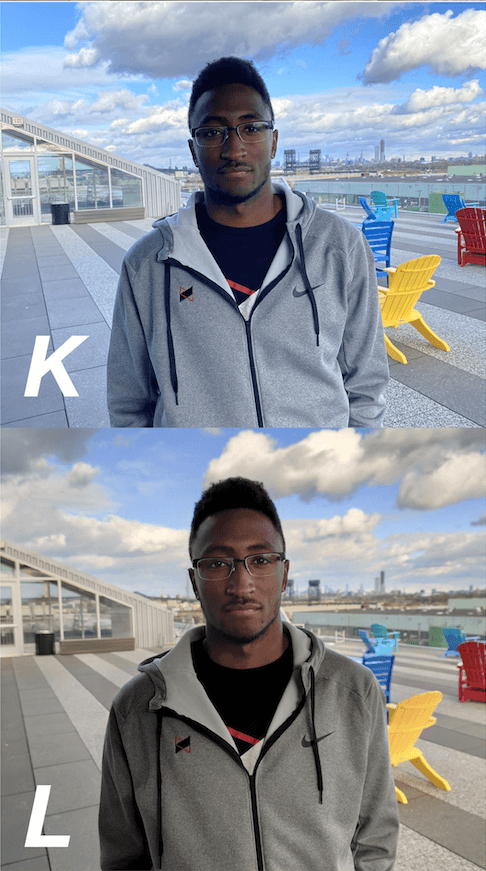
In a surprising turn, the iPhone 11 Pro (photo K) was beaten out in the first round by the OnePlus 7T Pro (photo L). Brownlee said the iPhone lost because it made the image too “cool” or blue, and did not white balance correctly. He says that they even took multiple photos with the camera, but they all turned out blue, so the “warmer” photo from the OnePlus beat the iPhone 11 Pro in the first round by a healthy margin (70% to 30%).
Released only a month after the launch of the iPhone 11 Pro, the OnePlus 7T Pro comes with a triple-main-camera system. It’s got a 48MP, an 8MP, and a 16MP camera arranged in a single line along the top center of the smartphone.
These cameras allow you to take wide-angle photos, even at night or in low-light conditions. Plus, you can focus on your subject beautifully using portrait mode, and get up close and personal using the “macro” setting.
If you want to know more about the iPhone 11’s cameras, check out our previous article here.
Google Pixel 4 Vs. Sony Xperia 1
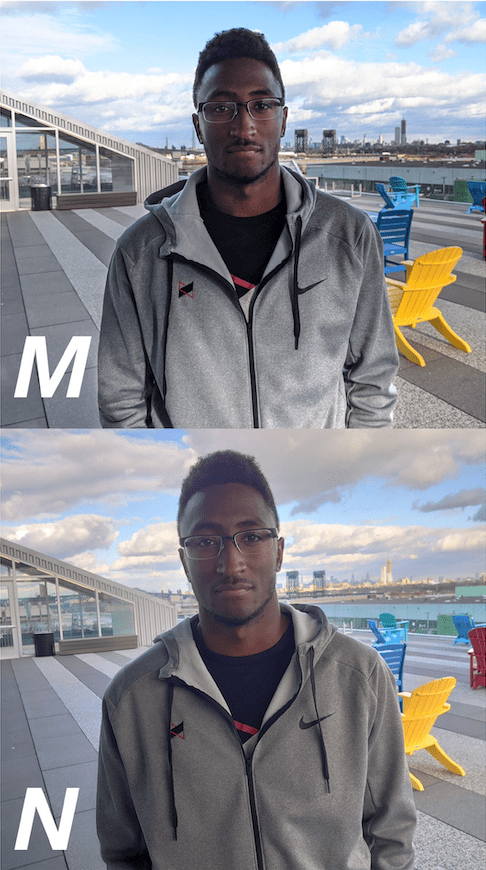
The Google Pixel 4 (photo M) also came out a winner during the first round, beating the Sony Xperia 1 (photo N). The winning photo doesn’t look washed out compared to the other picture and shows a lot more detail, too. What makes the Google Pixel 4 camera better?
The Google Pixel 4 takes the best studio photos, even in conditions that are less than ideal. It allows you to take clear pictures at night, even without the flash. You can use the camera to take impressive photos of the night sky. Focusing is beautiful, too, especially in portrait mode. The dual-camera system is made up of a16MP and a 12MP lens.
If you want to know more about the Google Pixel 4, check out our previous article here.
Huawei P30 Pro Vs. Redmi K20 Pro
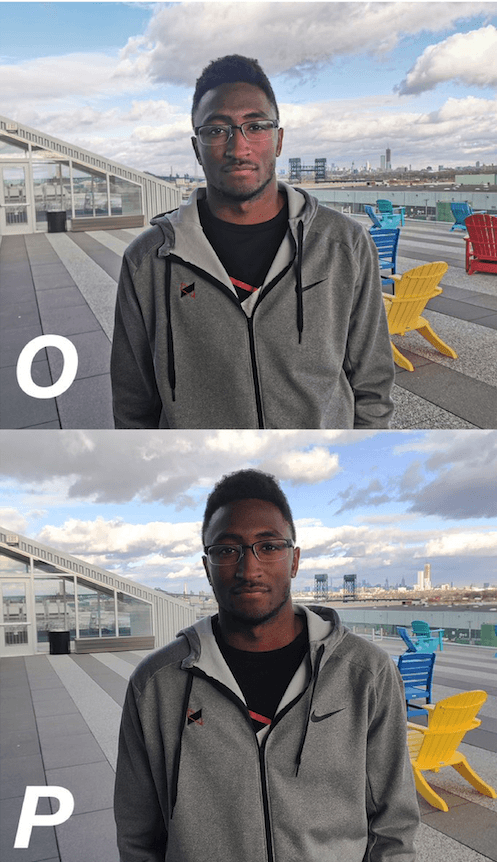
Never heard of Redmi before? You’re not alone. Based on the votes, the Redmi K20 Pro (photo P) beat out the Huawei P30 Pro (photo O) in the first round. For one thing, it’s not as washed out as the photo taken with the Huawei P30 Pro. The Redmi camera also captures more details in the background, too.
This performance is likely due to the K20 Pro’s triple-camera system. This Android smartphone comes with 48MP, 13MP, and 8MP main cameras. Together, they give you great zooming capabilities, ultra-wide shots, and clear night shots, too.
Which Smartphones Made it Past Round 2?
For round two of the blind smartphone camera test, the smartphones above took the following photos:
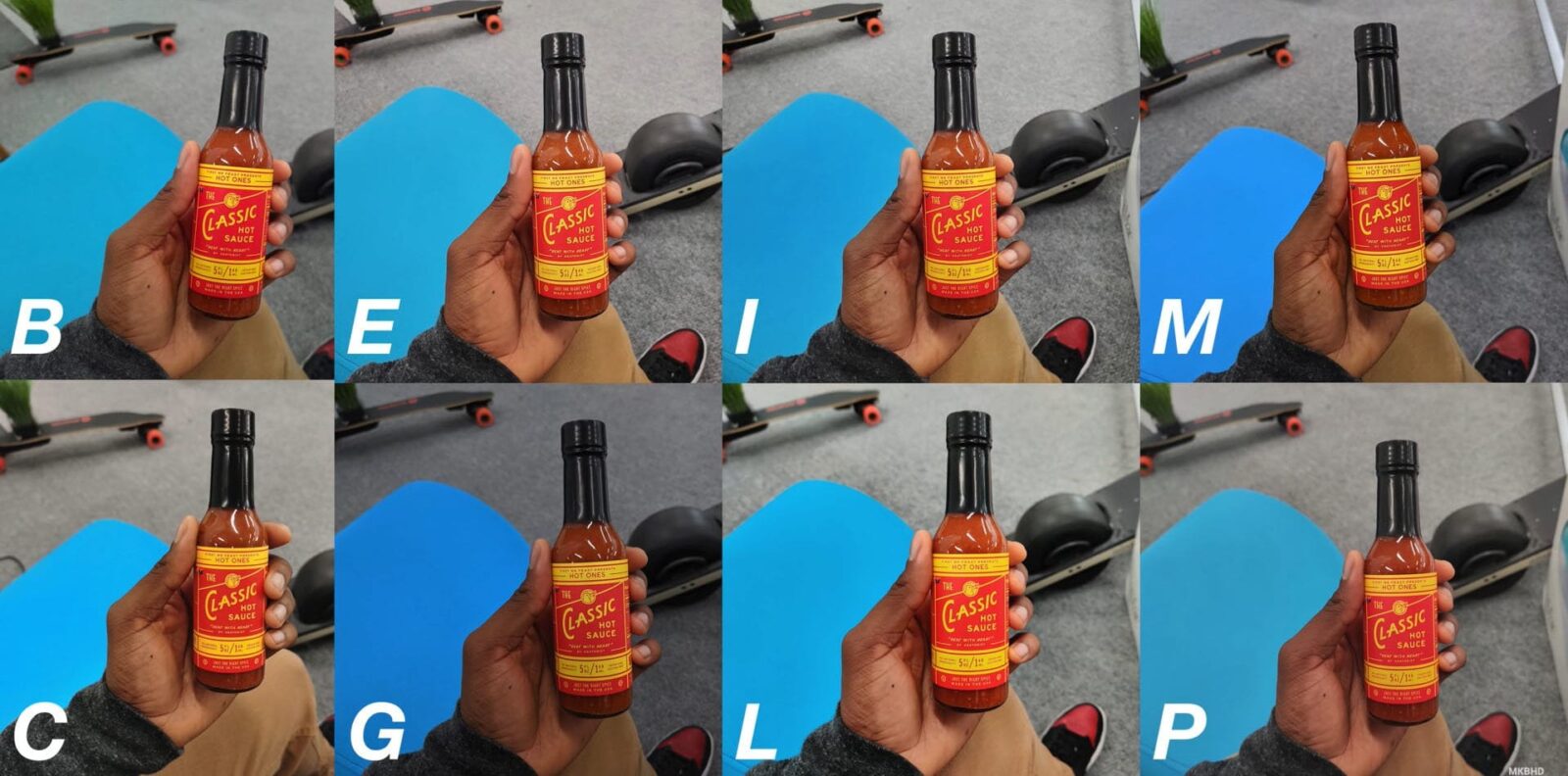
For this round of voting, the Huawei Mate 30 Pro (photo C), the Samsung Galaxy Note 10 (photo E), the Samsung Galaxy S10e (photo I), and the Google Pixel 4 (photo M) came out as the winners.
For the 2nd to the last round, the Samsung Galaxy Note 10 and the Samsung Galaxy S10e beat the other two smartphones. They were voted the best among the photos below. The Note took photo E while the S10e took photo I.
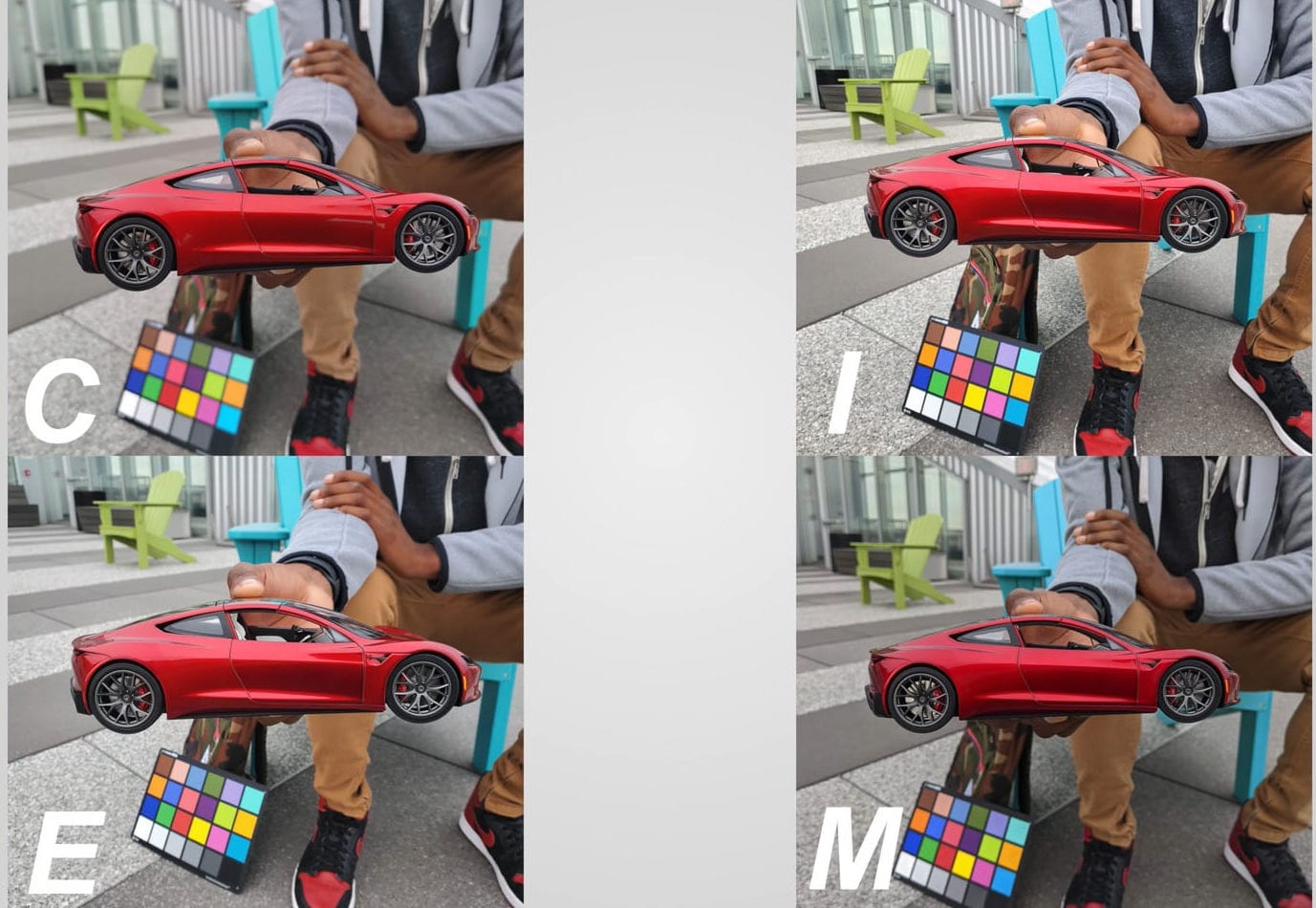
For the last round of the blind smartphone camera test, the two Samsung smartphones, powered by a similar camera technology, took the following photos:

The Samsung Galaxy Note 10, which was used to take the photo on the left, came out as the ultimate winner. At this point, Marques Brownlee stresses that the case of the smartphones had a huge effect on the outcome. The Galaxy S10e had a pink case that made the lower part of the photo look a bit magenta. The Note 10, with its silver case, took a photo with “truer” colors.
Do you agree with the results?
